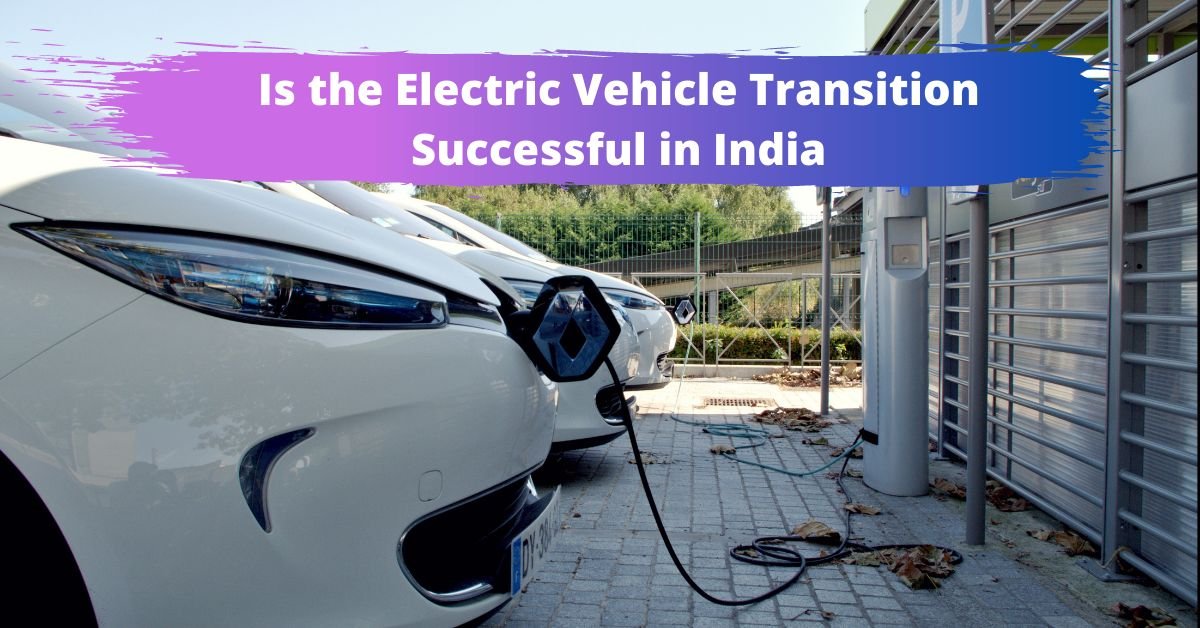Electric Vehicle Transition Successful in India

There are many challenges in India with the introduction of electric cars. The charging infrastructure for EVs is not very good, and there are no significant incentives for the buyers. The road network is a huge challenge, too.
The country’s population is 1.3 billion people and there is a lack of demand for luxury autos. In the last six months alone, only 5,000 battery-powered cars were sold in the country. Mahindra Electric, for example, only accounts for 0.5% of all car sales in the country.
India’s electrical infrastructure is not very good, but the government has committed to building charging infrastructure in cities throughout the country. However, it will take some time to build the necessary infrastructure. The government has committed to investing in charging stations and other infrastructure.
This is an important step towards bringing electric cars into mainstream markets. The Indian consumer is also a demanding market, with high standards of quality. The mass-market brands have access to a national service network and a premium segment with more luxury features.
The Indian auto industry is in the midst of a transition. The demand for EVs is high, but there is a lack of sustainable demand. But with a growing user and institutional interest, the industry players are confident that the transition to EVs will be a success.
The switch to EVs in India should not take more than five years, says Singhal. In fact, the country’s government has provided incentives to local manufacturers to introduce indigenous technologies, such as aluminum fuel cells.
The country’s government is trying to drive change. It is incentivizing the deployment of charging stations and e-buses, which will allow consumers to charge their vehicles on the go. However, the number of charging stations is still far below the number of fuel stations.
In addition, the market is fragmented, and electric car makers aren’t offering what Indians want. Two of the three most popular electric cars are also among the least expensive.
The EV market in India is booming. Tata Nexon, MG ZS, and Tata Tigor are the leading models, with more than 58% of the market. Hyundai Kona and Mahindra Verito are also gaining market share, though at a slow rate. Nevertheless, EV sales remain a tiny fraction of the total number of personal vehicles sold in India. It is difficult to estimate the growth of the EV segment in India.
But how can the government support the EV industry in India? The government is encouraging the deployment of e-buses and charging stations across the country. While the national government and state governments are working to create infrastructure for EVs, it will take some time to roll out charging infrastructure. In addition, electric car adoption will need a shift in the electricity generation landscape. Meanwhile, Indian consumers are primarily looking for mass brands with a countrywide service network.
The EV market is booming in India, but it is still too early to tell how many will actually buy them. The number of ICE cars sold under Rs.7-8 lakh is greater than the number of EVs under this price range. The EV market in India would not have many takers if it were priced at the same price. It would not be easy to make an electric vehicle affordable in India.
The country’s infrastructure is a key factor in the success of electric vehicles in India. While the government’s incentives are important for EVs, these incentives aren’t enough. EVs are not competitive in the market yet. Moreover, electric vehicles have low battery-life cycles. And they are expensive to purchase and maintain. For that reason, it’s hard to make an electric car successful in India.
There are a few obstacles to electric cars in India. While the cost of fuel is higher than in other countries, many Indians are willing to pay a premium for the vehicle. Besides, EVs are not yet competitive in India’s market. Further, the infrastructure in India is not as high as that of the US. Nonetheless, the country’s infrastructure is conducive to the adoption of EVs.
It is important to remember that the price of an EV depends on how popular it is in the country. If it is priced competitively, the majority of EVs are not sold under Rs.8 lakh. The cheapest EV in India is the Tata Nexon, which is the most popular electric car in the country. Its competition has been fierce and EVs are still very expensive in this segment.
Despite these challenges, there is hope for the electric car in India. The government has declared that EVs are de-licensed. The government has also regulated the charging stations. The country has around 2,000 public charging stations, but the demand is not enough. Moreover, there is a large second-hand car market in India. Consequently, India is not yet an EV market. It is not even close to reaching that level of maturity in terms of infrastructure.
Read More:

